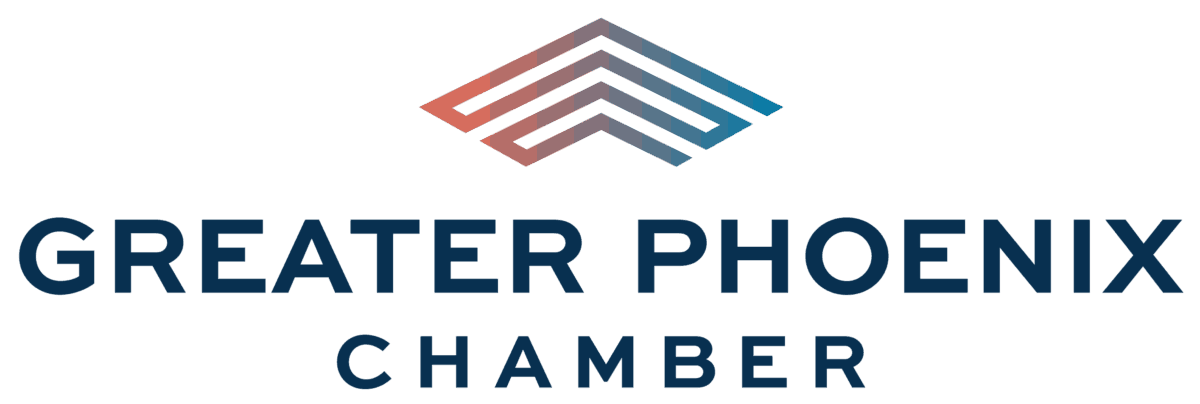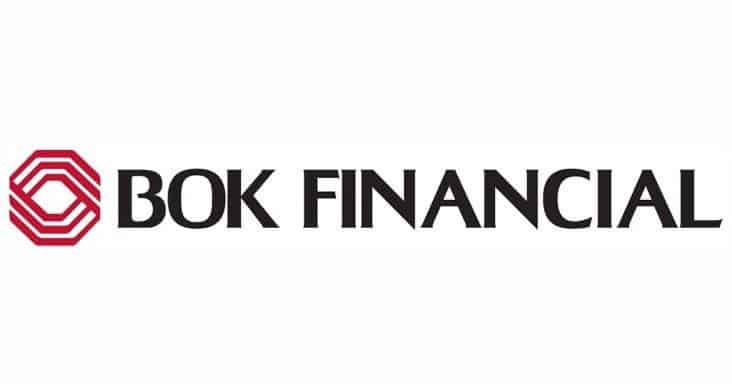
While rising interest rates are generally meant to curb inflation by reducing economic activity, some businesses may want to follow an age-old maxim: “Time waits for no one.”
When business owners have urgent but lasting opportunities and need to expand their facilities, equipment, or services, many are eager to secure the funds and ‘seize the day.
While the higher cost of money may appear daunting to a prospective borrower, I’m seeing most clients’ current business growth goals outweighing the increased costs of borrowing.
Companies believe that not only will the returns on investment outperform the lingering high rates, but that in time, they may be able to shorten their loan term or reduce the projected borrowing costs by growing their business and increasing cash flow.
When they have an immediate business need or opportunity, cost of capital becomes secondary.
What a difference a year makes
Many borrowers have not experienced the current rates in years, and some never have. You’re likely much more accustomed to near-zero rates, which prevailed from late 2008 through late 2016 and then again during the COVID pandemic. Now the Federal Funds rate is at a range of 4.75% to 5%. And it may go even higher—a situation not seen since July 2007.
Although the rate affects the cost of borrowing for consumers and businesses, it’s not the only factor. The loan type, lender, borrowers’ qualifications, and collateral can all influence an actual loan rate. In fact, a lending rate of 0.50% more than the federal rate is common for traditional business loans. And fees can raise the overall APR, or the annual percentage rate, influencing the borrower’s decision-making.
Borrowers’ benefits
Meanwhile, borrowers are rightfully seeking more value for their added expense, and many lenders are providing operating efficiency opportunities, such as:
- Cash management or lockbox services that can accelerate business clients’ deposit crediting or reduce their efforts to deposit customers’ payments.
- Expedited payment by debiting their customers’ bank accounts for accounts receivable (with two-party consent).
- Merchant services that enable digital and/or credit card payment processing.
- Introductions to internal commercial partners who can serve the client’s larger needs, like a construction loan.
I see the current dynamic rate climate as one of several variables within a larger and constant business philosophy. While interest rates are part of the conversation, they’re only a single point in a much larger conversation as we discuss how to support businesses as they grow.
BOKF Social Channels
- Twitter: @BOKFinancial
- Facebook: BOK Financial
- LinkedIn: @bok-financial


